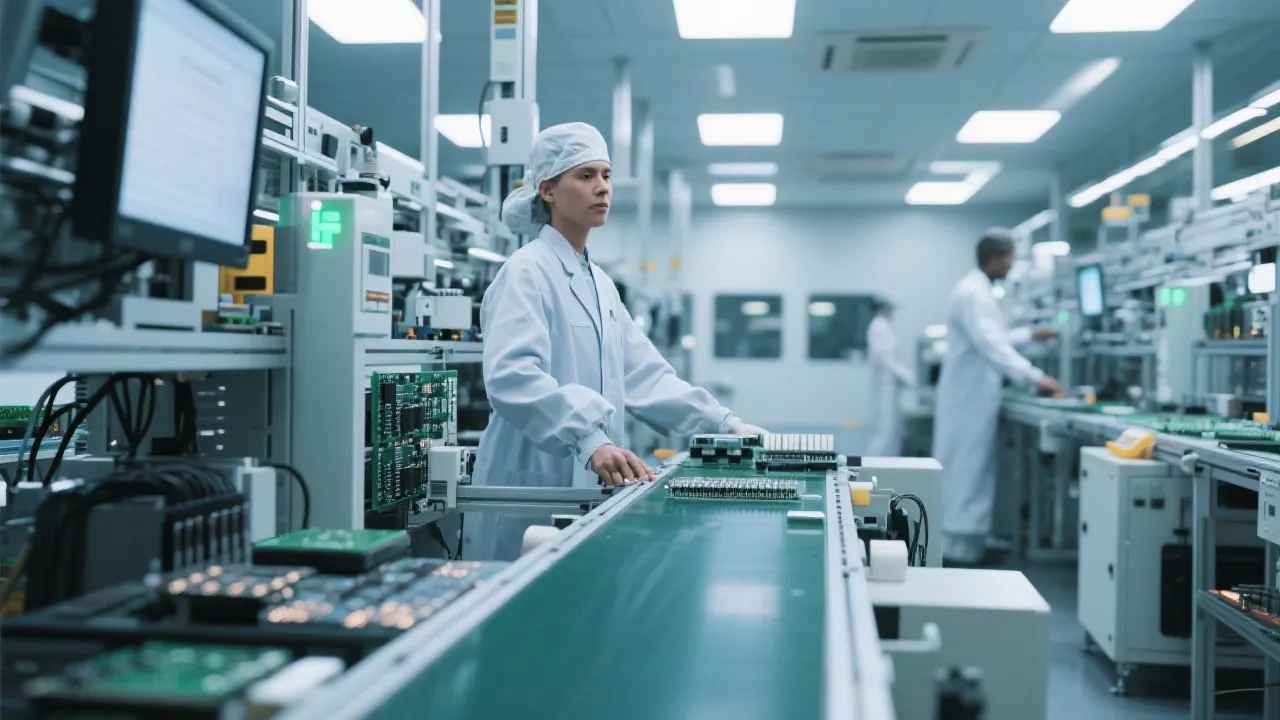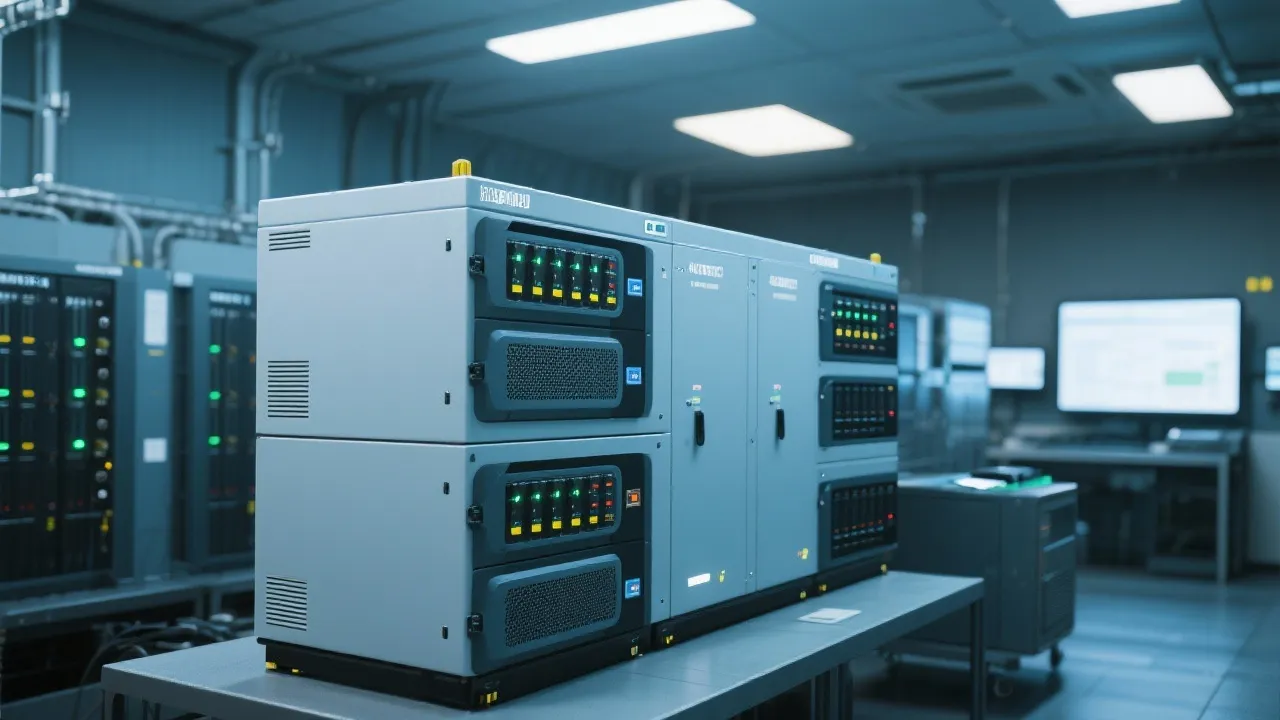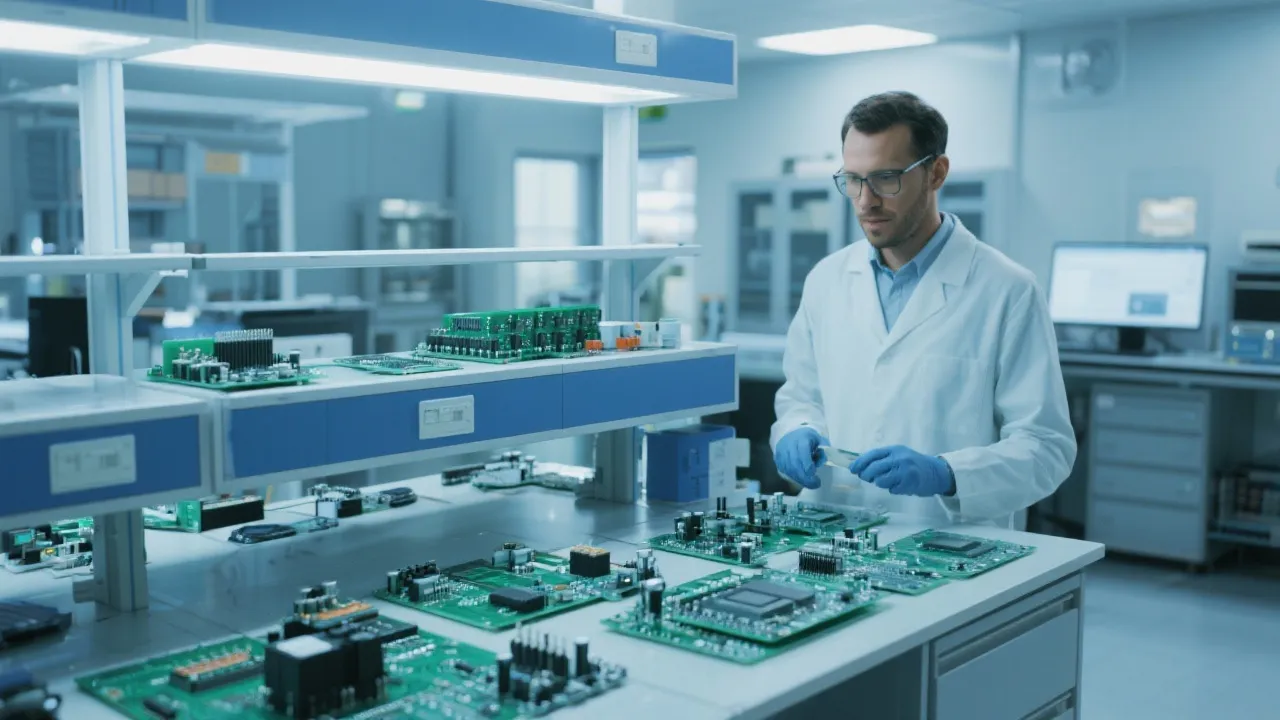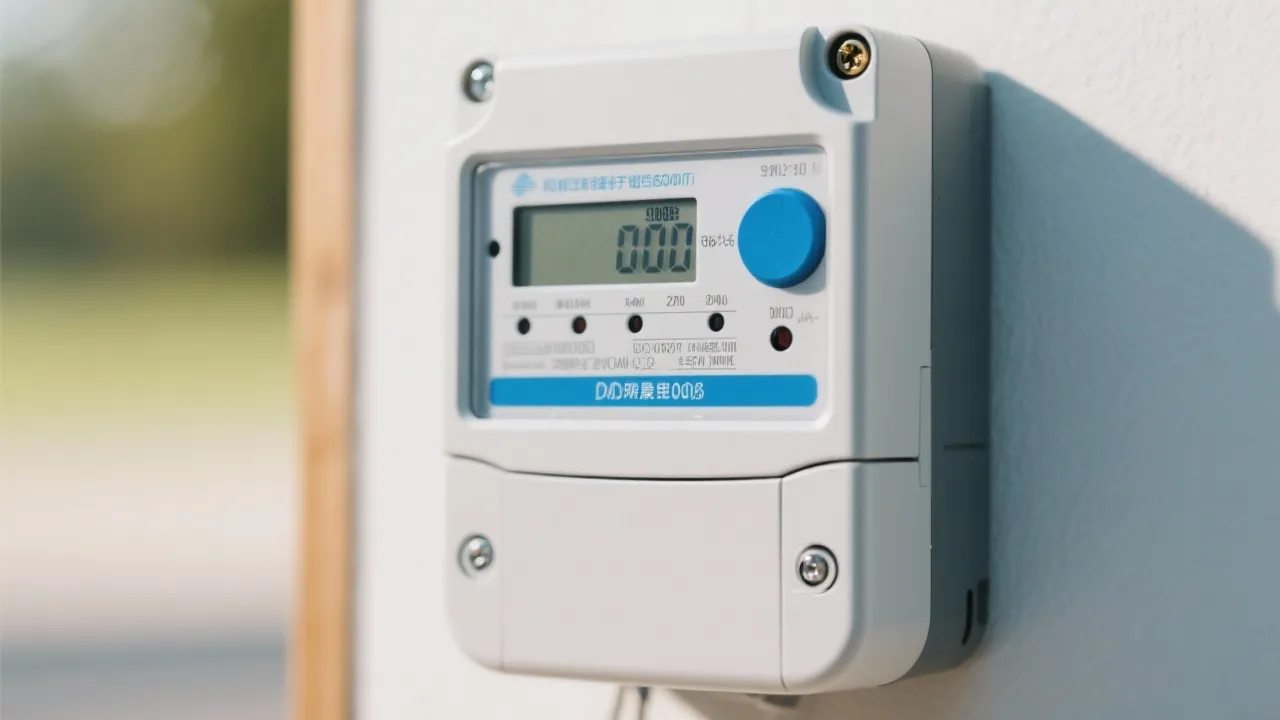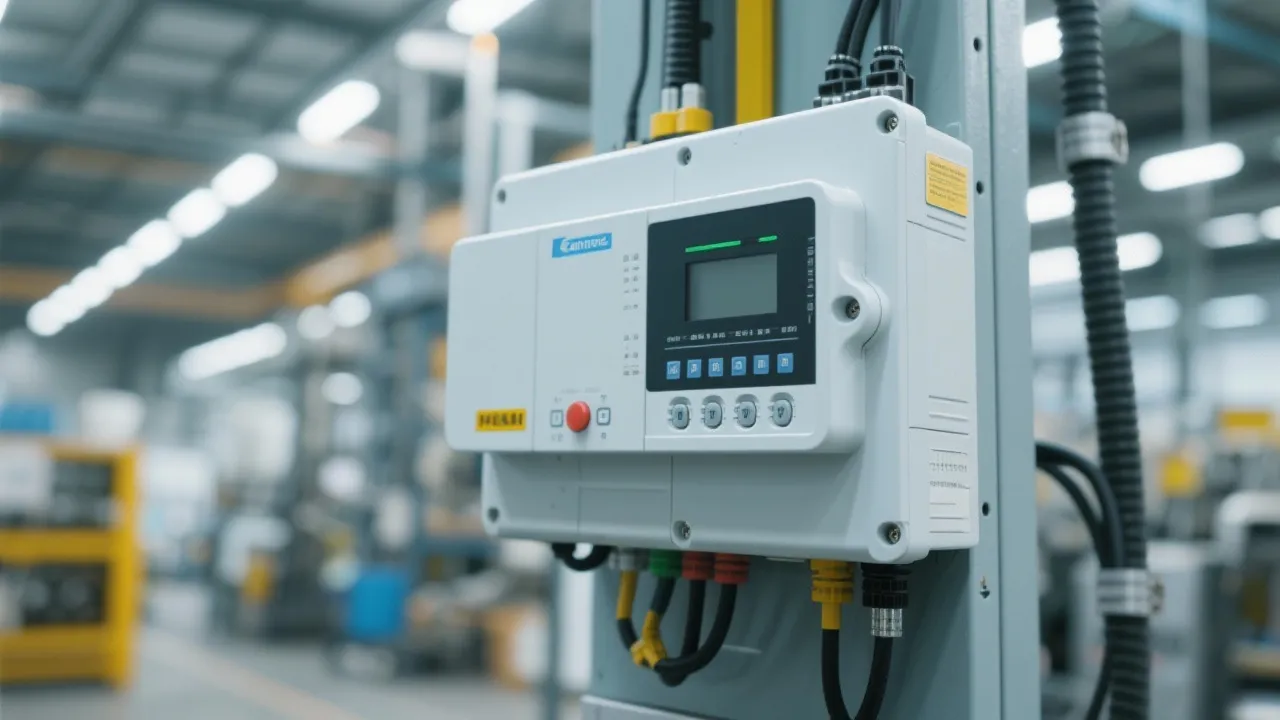Understanding the Caterpillar Injector
The Caterpillar Injector is a crucial component in heavy machinery, enabling precise fuel management for optimal performance. Developed by the renowned Caterpillar Inc., the injector plays a pivotal role in engine efficiency and environmental compliance. This article delves into its significance, functionality, and maintenance, providing insights from industry experts for comprehensive understanding.
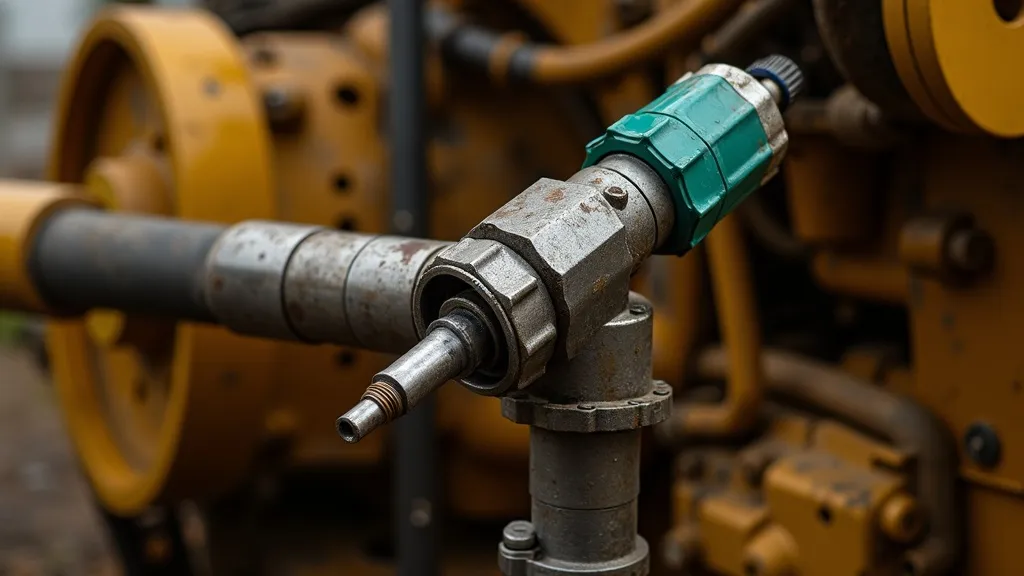
The Role of Caterpillar Injectors in Modern Machinery
As the driving force behind fuel efficiency and emissions control, Caterpillar injectors are indispensable in the realm of heavy machinery. These components are engineered to deliver fuel at the correct pressure and timing, which is vital for the engine's overall performance. Caterpillar Inc., known for its innovation and reliability in construction and agriculture machinery, has set a benchmark in the injector market akin to its ethos of robust engineering. The importance of these injectors extends beyond just the immediate function of delivering fuel; they are integral to the advancement of machinery technology, influencing everything from operational costs to compliance with ever-evolving emissions standards.
Functionality and Importance of Caterpillar Injectors
The primary function of a Caterpillar injector is to atomize fuel and deliver it into the combustion chamber at the right time and in the right amount. This process ensures complete combustion, increasing energy output while decreasing unburned fuel emissions. Such precision is critical in meeting stringent environmental regulations and maintaining engine durability. Not only do these injectors enhance engine performance, but they also contribute to fuel economy, ensuring that each drop of fuel is effectively utilized in power generation.
Caterpillar injectors also play a crucial role in overall engine health. By controlling fuel delivery accurately, they help in preventing issues like carbon buildup, which can severely affect engine lifespan and reliability. Moreover, advancements in injector technology, such as multi-hole nozzles and improved electronic controls, have enabled manufacturers to achieve better atomization of fuel, leading to more efficient combustion cycles compared to older models.
Maintenance and Troubleshooting of Caterpillar Injectors
Maintaining the optimal functionality of Caterpillar injectors requires regular inspection and maintenance. Key indicators of potential injector issues include engine misfiring, reduced power, and increased fuel consumption. A regular maintenance schedule should include cleaning and testing injectors to evaluate their spray pattern and pressure. Anomalies in these aspects often necessitate professional servicing or replacement to avert larger, costlier engine repairs.
In addition to these routine checks, it is vital to understand the specific maintenance needs of different types of injectors. For instance, electronic injectors may require software updates or recalibration, whereas mechanical injectors might need more straightforward mechanical adjustments. Familiarity with the specific requirements of each injector type can help operators extend the life of their equipment significantly.
Impact on Engine Performance and Environmental Compliance
With industries increasingly emphasizing sustainable practices, Caterpillar injectors play a significant role in reducing the carbon footprint of heavy machinery. By ensuring complete and efficient combustion, these injectors not only improve the power output but also minimize the release of harmful pollutants into the atmosphere. This aspect is particularly crucial as regulators continue to enforce stricter emissions standards globally. As a result, the implementation of advanced injector technology has become a priority for manufacturers.
The advancements in injector performance not only serve to meet regulatory requirements but also provide a competitive edge in the market. Machinery equipped with high-performing injectors can operate at lower fuel costs, which is an essential consideration for businesses aiming to optimize their operating expenses. As such, companies investing in Caterpillar injectors can achieve substantial savings in fuel costs while also enhancing productivity and output.
Detailed Comparison Table of Injector Types
| Injector Type | Description | Pros | Cons |
|---|---|---|---|
| Mechanical Injector | Traditional injectors that utilize mechanical force for fuel delivery. | Simple design, easy to repair, low initial cost | Less efficient, higher emissions, may require more frequent adjustments |
| Electronic Injector | Use electronic signals to control fuel flow precisely. | Higher efficiency, better emission control, improved performance | Typically more expensive, complex diagnostics, requires specialized training for repairs |
Advancements in Injector Technology
The development of injector technology has significantly evolved over the years, with a shift toward more sophisticated electronic systems. The integration of multi-hole nozzle designs allows for finer atomization of the fuel, enabling more complete combustion and greater control over fuel delivery. This results in improved engine efficiency and reduced emissions, aligning with environmental regulations that continuously tighten around the globe.
Moreover, Caterpillar's commitment to innovation is evident in the incorporation of diagnostic capabilities with electronic injectors. Modern injectors can often communicate with on-board diagnostic systems to provide real-time data on their performance. This capability not only enhances the ability to predict maintenance needs but also assists in troubleshooting issues before they result in more significant failures.
Additionally, innovations in materials used for injector construction have led to increased durability and resistance to wear and corrosion, which is crucial given the harsh operating environments in which heavy machinery often operates. By employing advanced manufacturing techniques, Caterpillar ensures that their injectors maintain performance under challenging conditions, consequently reducing the overall cost of ownership for users.
Industry Insights
Drawing on industry expert insights, there is a noticeable shift towards adopting electronically controlled injectors due to their superior efficiency and emission control capabilities. As these components are integrated into newer models of Caterpillar machinery, training and technical understanding are emphasized across dealerships and maintenance teams to support this transition. This trend reflects broader changes in the industry, with many manufacturers moving towards more advanced, electronic systems to meet market demands for better performance and compliance with environmental regulations.
Additionally, partnerships between Caterpillar and technology firms have opened avenues for further advancements in injector technology. These collaborations focus on leveraging big data and AI analytics to enhance performance monitoring and predictive maintenance. As a result, businesses within the construction and agriculture sectors become better equipped to manage their fleets and reduce downtime, which ultimately translates into economic benefits.
Future Prospects of Caterpillar Injectors
Looking toward the future, Caterpillar injectors are poised for further enhancements as the company invests in research and development to push the boundaries of fuel delivery technology. With the rise of alternative fuels and electrification within the industry, Caterpillar's injector technology is also expected to evolve to accommodate new fuel types and engine architectures. This adaptability will be crucial as industries such as construction and agriculture increasingly adopt sustainable practices and technologies to meet regulatory requirements and societal expectations.
Furthermore, as automation and autonomous machinery become prevalent, the role of injectors may expand to include additional functionalities that contribute to overall system efficiency. Innovations such as smart injectors that can adjust fuel delivery in real time based on engine load and environmental conditions may emerge, providing even greater precision and refinement in fuel management.
The integration of injectors with comprehensive telematics systems is another promising avenue for future development. By connecting injector performance data with cloud-based analytics, operators can gain insights into fuel efficiency trends and maintenance cycles, ultimately leading to smarter operational strategies and enhanced fleet management.
FAQs
Q1: How long do Caterpillar injectors typically last?
A: On average, Caterpillar injectors can last anywhere from 100,000 to 150,000 miles, but this can vary depending on factors such as maintenance regime and operating conditions. Operators should be mindful of the specific use case and environmental factors that can affect injector longevity.
Q2: What are the signs of a failing injector?
A: Common signs include rough idling, smoke from the exhaust, difficulty starting the engine, and poor fuel economy. In addition, listening for unusual noises or observing fuel leaks around the injector area can indicate potential failures.
Q3: Can injector failure damage my engine?
A: Yes, a failing injector can lead to poor combustion, which can cause engine knock, increased emissions, and eventually severe engine damage if not addressed promptly. Understanding the characteristics of your machinery and recognizing these symptoms can prevent costly repairs.
Q4: How can I ensure the longevity of my injectors?
A: Regular maintenance, using high-quality fuels, and periodic professional cleaning can significantly prolong the life of your injectors. Implementing a proactive maintenance schedule that includes periodic inspections and testing can help catch issues before they escalate.
Q5: What should I do if I suspect my injector is failing?
A: If you suspect injector failure, the best course of action is to consult with a qualified mechanic or technician who specializes in heavy machinery. They can perform diagnostics and recommend either repairs or replacements based on the injector's condition and your machinery's requirements.
Q6: Are there aftermarket options for Caterpillar injectors?
A: While there are aftermarket options available, it is crucial to consider the implications of using non-OEM parts. OEM Caterpillar injectors are designed specifically for your machinery, ensuring the best performance and compatibility, whereas aftermarket components may not meet the same quality standards.





